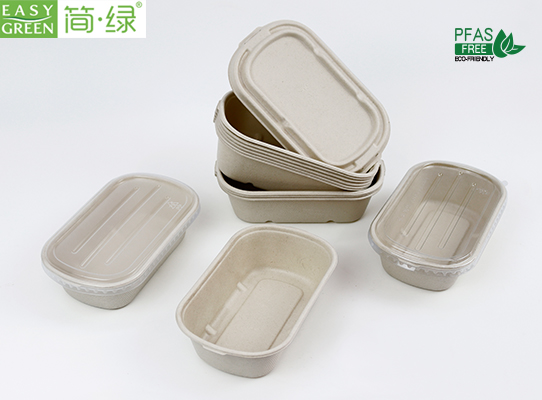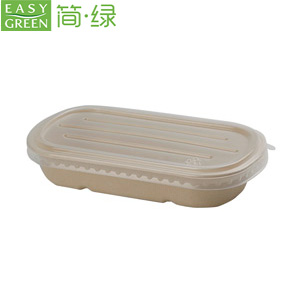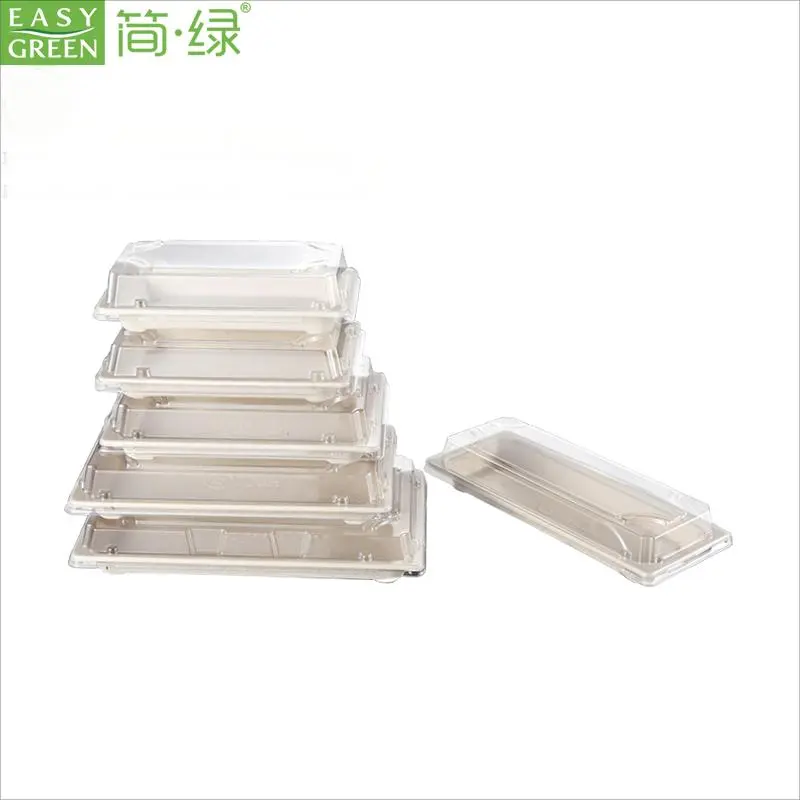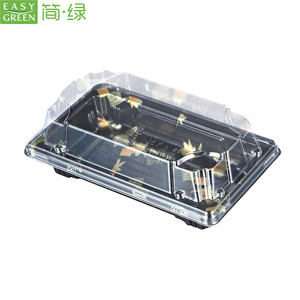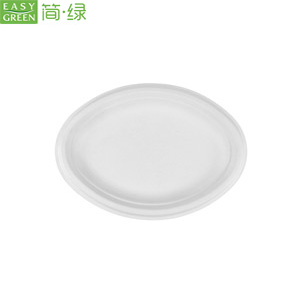Sustainable food packaging not only needs to meet the basic requirements of cost and performance in the market, but also needs to meet the standards of environmental safety throughout the entire life cycle from front-end procurement to back-end processing. The health industry's five major trend reports published by the US food industry company include sustainable packaging. Its research shows that more and more consumers are beginning to pay attention to the impact of food packaging on the environment and actively choose to purchase biodegradable food packaging products.
Biodegradable food packaging takes the lead in low-carbon and organic emission reduction
The commitment to emission reduction has triggered a strong response from the international community. More and more countries around the world have begun to transform "carbon neutrality" into a national strategy. Up to now, more than 110 countries have successively pledged carbon neutrality goals. As an important part of energy conservation and emission reduction, "low-carbon" has been actively responded to by all walks of life, and low-carbon packaging has become one of the biggest trends in food and beverage environmental protection.
Biodegradable food packaging is light and without labels
We are used to obtaining information such as ingredients, components, and shelf life of beverages from the packaging labels on the bottle body. However, when we throw the entire bottle into the trash can after drinking the beverage, only the PET bottle body can be reused as a recycling material. Because most of the labels used in the market belong to PVC material, which cannot be naturally decomposed and has a density close to the PET material. It cannot be separated by a simple floating selection method during garbage recycling. Incineration will also produce acid substances and toxic gases, so it often requires greater costs to solve it, resulting in a low recycling rate.
Therefore, in order to respond to the sustainable and environmentally friendly concept advocated globally, resist the use of such raw materials from the source, and reduce unnecessary packaging, the beverage bottles began to remove excess packaging, giving rise to the "label-free" trend. Label-free beverages mean that the bottle body no longer has labels with brand logos and product-related information. Removing labels can reduce the use of plastic in the production process, simplify the recycling of materials, and reduce the recycling process. Many brands are most concerned that tearing off the labels will reduce the recognition of their products and cannot attract consumers' attention to the product highlights. However, consumer data shows that 57% of consumers worldwide say that when a familiar brand changes its packaging design appropriately, it will attract their attention even more. Recently, many domestic and foreign brands have started to "remove labels" and have received good feedback.
Biodegradable food packaging turns waste into treasure and turns decay into magic
People often yearn for "turning waste into treasure" to create economic value for inconspicuous waste, which is indeed a challenging and meaningful thing. Behind it is a deeper benefit of sustainable development of the global environment, and truly implementing "zero waste".
Everything can be plant-based, and biodegradable food packaging is no exception
Driven by the concept of sustainable development and environmental protection, biodegradable food packaging has become an unstoppable trend worldwide. The entire biodegradable food packaging market is also becoming increasingly segmented and specialized, and of course, biodegradable food packaging cannot be left behind.
 English
English 
